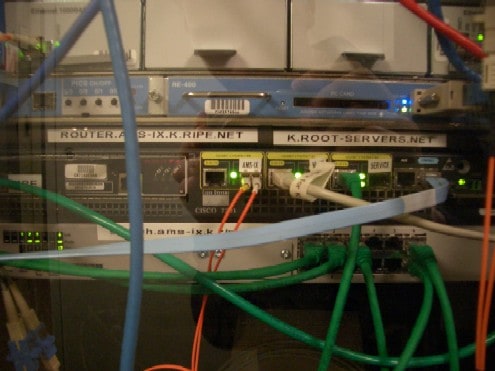
Courtesy: Bas van Schaik
By James Dacey
When faced with the need to cut energy usage, those who favour the business-as-usual approach often argue that improvements in energy efficiency will enable us to continue consuming as before. But in the world of communications, at least, it seems that gains in energy efficiency are not keeping pace with the unrelenting growth of traffic.
That is according to a team of scientists at Alcatel-Lucent Bell Labs that has examined the energy consumption trends of communications equipment as compared with the related efficiency savings. On the one hand, they find that the current traffic growth rate of 40–60% will remain as high as 25–50% in 2020 even as traffic growth begins to slow as it approaches saturation. Efficiency savings, on the other hand, are currently falling 20% to roughly 10%.
The consequence, they say, is that energy is going to become an increasingly important problem for communication networks with the threat of a bottleneck situation. The findings will be presented this week at the annual meeting of the Optical Society, which is taking place in Rochester, NY.
These findings also chime with a study published recently in Journal of Physics D, which examined lighting usage over the past 300 years, finding that as lighting becomes more energy efficient, and thus cheaper, we use ever more of it. Interpretations of this study caused quite a stir in the blogosphere, leading one of the authors, Harry Saunders, to clarify the issues in this article.



